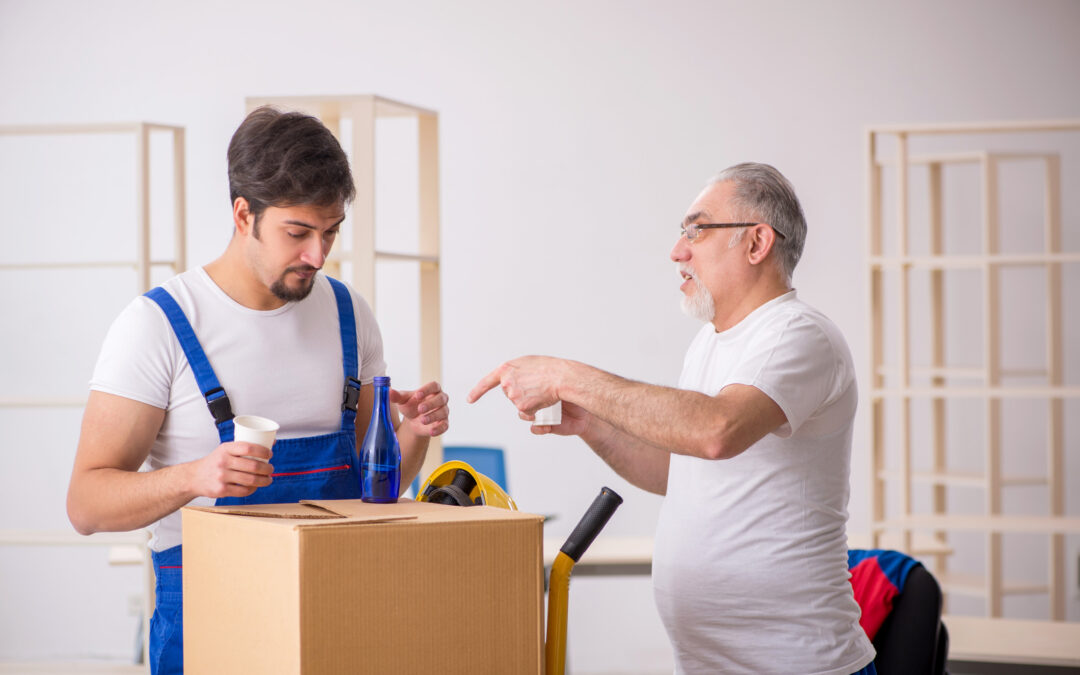Moving is never easy, and packing sentimental items can make the process even more overwhelming. These belongings are more than just objects—they hold memories, stories, and connections to loved ones. Whether it’s a collection of old photographs, a wedding dress, or a piece of jewelry passed down through generations, each item carries emotional weight. The thought of losing or damaging them during the move can be stressful. But with the right approach, you can keep them safe and make sure they arrive at the new place intact.
Organizing Sentimental Items
Sorting through years of memories takes both time and emotional effort. Deciding what to keep, donate, or pass down to family members requires careful thought. A structured approach helps make the process smoother.
Start by focusing on one room at a time. This gives you the space to reflect on each item without feeling overwhelmed. Group similar belongings together, such as photo albums, personal letters, or collectibles, to make decisions easier. Involve a family member or close friend for emotional support and practical assistance. Their perspective can help you decide what to keep while making the experience more meaningful.
Choosing the Right Packing Materials
After sorting sentimental items, the next step is choosing the right packing materials. Delicate jewelry and antique dishes need extra protection to stay safe during the move.
Sturdy, lightweight boxes are ideal for most belongings. Wrapping fragile items in bubble wrap or soft packing paper helps protect them from damage. Labeling each box ensures that nothing gets misplaced or mishandled during the move. For particularly fragile or valuable items, some seniors prefer to use storage bins with added padding for extra security.
Protecting Fragile Memorabilia
Many sentimental belongings are delicate and require special care when packed. Items like framed photographs, glassware, or heirlooms can be easily scratched or broken if not handled properly.
Wrapping each piece separately prevents damage from contact. Using soft padding, such as foam or blankets, inside the boxes adds another layer of protection. Any empty spaces inside the box should be filled with packing peanuts or crumpled paper to prevent movement. If an item is irreplaceable, keeping it in a personal travel bag rather than the moving truck may be the best option.
Packing and Storing Old Photographs
Old photographs hold a lifetime of memories, but they can fade, bend, or tear without proper storage. Taking extra precautions keeps them in good condition for years.
Using acid-free albums or protective sleeves prevents deterioration. Keeping photos flat stops curling, and storing them in a waterproof container shields them from damage. Many seniors also digitize old photographs before moving, creating a secure backup in case anything happens to the originals.
Handling Important Documents
Important paperwork—such as medical records, birth certificates, and legal documents—should never be packed with general household items. Losing them can cause unnecessary stress and complications after the move.
Many seniors keep these documents in a fireproof and waterproof folder for added protection. Carrying them personally instead of placing them in a moving box ensures they remain accessible throughout the transition. Creating digital copies can also provide extra security and convenience.
Making the Move Easier
Packing sentimental items can be one of the hardest parts of a senior move, but no one has to do it alone. WeCare Senior Relocations LLC specializes in assisting seniors with every aspect of their move, from organizing and packing to unpacking and settling in. With professional guidance, the transition can be smooth and stress-free.
If you or a loved one is preparing for a move, WeCare Senior Relocations LLC is here to help. Our team guarantees your treasured belongings are packed safely and transported with care. Contact us today for a free consultation!

